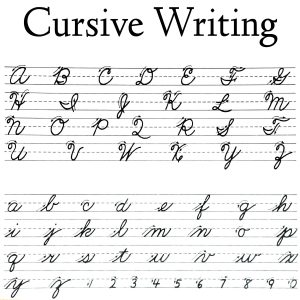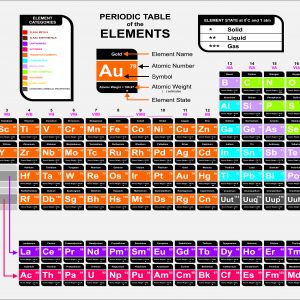The performance expectations in fifth grade help students formulate answers to questions such as: “When matter changes, does its weight change? How much water can be found in different places on Earth? Can new substances be created by combining other substances? How does matter cycle through ecosystems? Where does the energy in food come from and what is it used for? How do lengths and directions of shadows or relative lengths of day and night change from day to day, and how does the appearance of some stars change in different seasons?” Fifth grade performance expectations include PS1, PS2, PS3, LS1, LS2, ESS1, ESS2, and ESS3 Disciplinary Core Ideas from the NRC Framework. Students are able to describe that matter is made of particles too small to be seen through the development of a model. Students develop an understanding of the idea that regardless of the type of change that matter undergoes, the total weight of matter is conserved. Students determine whether the mixing of two or more substances results in new substances. Through the development of a model using an example, students are able to describe ways the geosphere, biosphere, hydrosphere, and/or atmosphere interact. They describe and graph data to provide evidence about the distribution of water on Earth. Students develop an understanding of the idea that plants get the materials they need for growth chiefly from air and water. Using models, students can describe the movement of matter among plants, animals, decomposers, and the environment and that energy in animals’ food was once energy from the sun. Students are expected to develop an understanding of patterns of daily changes in length and direction of shadows, day and night, and the seasonal appearance of some stars in the night sky. The crosscutting concepts of patterns; cause and effect; scale, proportion, and quantity; energy and matter; and systems and systems models are called out as organizing concepts for these disciplinary core ideas. In the fifth grade performance expectations, students are expected to demonstrate grade-appropriate proficiency in developing and using models, planning and carrying out investigations, analyzing and interpreting data, using mathematics and computational thinking, engaging in argument from evidence, and obtaining, evaluating, and communicating information; and to use these practices to demonstrate understanding of the core ideas.
5th Grade Performance Evidence Booklet(1842S-CR)
The performance expectations in fifth grade help students formulate answers to questions such as: “When matter changes, does its weight change? How much water can be found in different places on Earth? Can new substances be created by combining other substances? How does matter cycle through ecosystems? Where does the energy in food come from and what is it used for? How do lengths and directions of shadows or relative lengths of day and night change from day to day, and how does the appearance of some stars change in different seasons?” Fifth grade performance expectations include PS1, PS2, PS3, LS1, LS2, ESS1, ESS2, and ESS3 Disciplinary Core Ideas from the NRC Framework. Students are able to describe that matter is made of particles too small to be seen through the development of a model. Students develop an understanding of the idea that regardless of the type of change that matter undergoes, the total weight of matter is conserved. Students determine whether the mixing of two or more substances results in new substances. Through the development of a model using an example, students are able to describe ways the geosphere, biosphere, hydrosphere, and/or atmosphere interact. They describe and graph data to provide evidence about the distribution of water on Earth. Students develop an understanding of the idea that plants get the materials they need for growth chiefly from air and water. Using models, students can describe the movement of matter among plants, animals, decomposers, and the environment and that energy in animals’ food was once energy from the sun. Students are expected to develop an understanding of patterns of daily changes in length and direction of shadows, day and night, and the seasonal appearance of some stars in the night sky. The crosscutting concepts of patterns; cause and effect; scale, proportion, and quantity; energy and matter; and systems and systems models are called out as organizing concepts for these disciplinary core ideas. In the fifth grade performance expectations, students are expected to demonstrate grade-appropriate proficiency in developing and using models, planning and carrying out investigations, analyzing and interpreting data, using mathematics and computational thinking, engaging in argument from evidence, and obtaining, evaluating, and communicating information; and to use these practices to demonstrate understanding of the core ideas.











